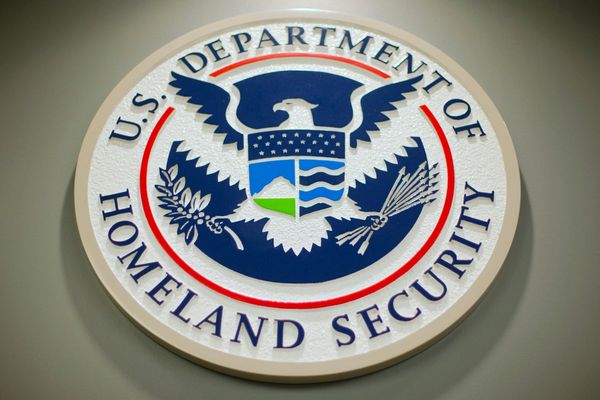
1. Understanding communication styles differ depending on where a First Nations person is from
This can help avoid misunderstandings and conflict in the workplace. Be aware of your own communication style and how it might differ from others and consider what might need to be changed in order to bridge any gaps. Make an effort to learn about the First Nations community you work with or in – their history, culture, and values. This will help you to understand their perspective and communicate more effectively with them. Pay attention to body language and non-verbal cues when communicating with First Nations co-workers. This can help prevent miscommunication and create a more positive rapport. Take the time to understand the impact of colonisation in the local area you work and live. This may have an impact on the relationship First Nations people have with non-Indigenous Australians and a lack of trust from historical wrongdoings.2. Understand that learning about First Nations culture doesn’t make you an expert
It is important to remember that you can never truly know what it is like to be a First Nations person. We have our own unique experiences, perspectives, and opinions. Just because you have read a few books or watched a movie about us, does not mean that you understand everything there is to know. This may seem like an obvious statement, but the need to bring this to your attention is more important than you think. In a work setting, this can often look like colleagues or employees making assumptions about someone’s cultural background or not being aware of the proper protocols around interacting with First Nations people. This can create an uncomfortable or even hostile work environment for those who are already marginalized. As an ally, it’s important to be aware of your own knowledge base and any biases that may exist.3. It’s important to be mindful of the language you use
There are a number of common phrases that can be unintentionally offensive, and it’s important to avoid them in order to create a respectful and inclusive environment. Below is a handful to avoid completely:- But you don’t look Indigenous?
- Where are you really from?
- Why is your skin that colour?
- Do you play the didgeridoo?
- Can you throw a spear?
- Why don’t you speak your language?
- Why do you have so many cousins?
4. Work on your cultural sensitivity
Cultural sensitivity is important in the workplace, but many Australians are not as culturally sensitive as they could be, according to a recent survey by LinkedIn. The study found that cultural insensitivity can be a barrier to communication and collaboration in the workplace. This is particularly an issue for First Nations people, who often face discrimination and exclusion in the workplace. The data has revealed that Australian workplaces don’t have enough focus or investment in cultural sensitivity training. Many employees are not aware of the cultural differences that exist in the workplace, and this can lead to misunderstandings and conflict. Cultural sensitivity training can help employees to better understand and respect the cultures of their colleagues. It can also help to build a more inclusive and productive workplace. Of the respondents, only 2 in 5 (39%) of workers surveyed say that they have cultural sensitivity training related to Aboriginal and/or Torres Strait Islander people. 86% of workers surveyed said that they are interested in participating in cultural sensitivity training, with 91% of people from companies over 1000+ interested. This clearly demonstrates there is an appetite for this specific training. But the question must be asked, who is the training serving? Is educating non-Indigenous people about First Nations people a way of creating change? The simple answer is yes, education about First Nations cultural sensitivities can lead to greater awareness in the workplace and can subsequently lead to a change in attitudes. But the need for further learning extends past the workplace. We are all on a journey when it comes to education, there is no magical destination one arrives at after some cultural sensitivity training. Just like non-Indigenous people, some First Nations people are also on a journey of learning about their culture, colonisation and past government practices attempted to eradicate First Nation people and our cultures have seen some groups reclaiming this knowledge. Cultural sensitivity training can help to create a more inclusive workplace, but it is only one part of the puzzle. First Nations people also need to feel comfortable and safe in the workplace and be given opportunities to thrive.5. Always keep learning
Remember, if you want to be a better ally to First Nations people, it is important to step up your communication at work. Here are some further tips that might help:- Make an effort to learn about the diverse range of First Nations cultures in Australia. This includes their history, traditions, and customs.
- Be aware of the issues that are important to First Nations people. This includes things like land rights, self-determination, and reconciliation.
- Be respectful when communicating with First Nations people. This means using appropriate language and manners.
- Avoid making assumptions about what First Nations people do or do not know. Instead, ask respectful questions and listen carefully to the answers.
 Head to LinkedIn’s hub to keep educating yourself on the ongoing conversation we need to have before, during and after Reconciliation Week.
Head to LinkedIn’s hub to keep educating yourself on the ongoing conversation we need to have before, during and after Reconciliation Week.
The post How To Improve Your Communication At Work So You Can Be A Better Ally To First Nations People appeared first on PEDESTRIAN.TV .







